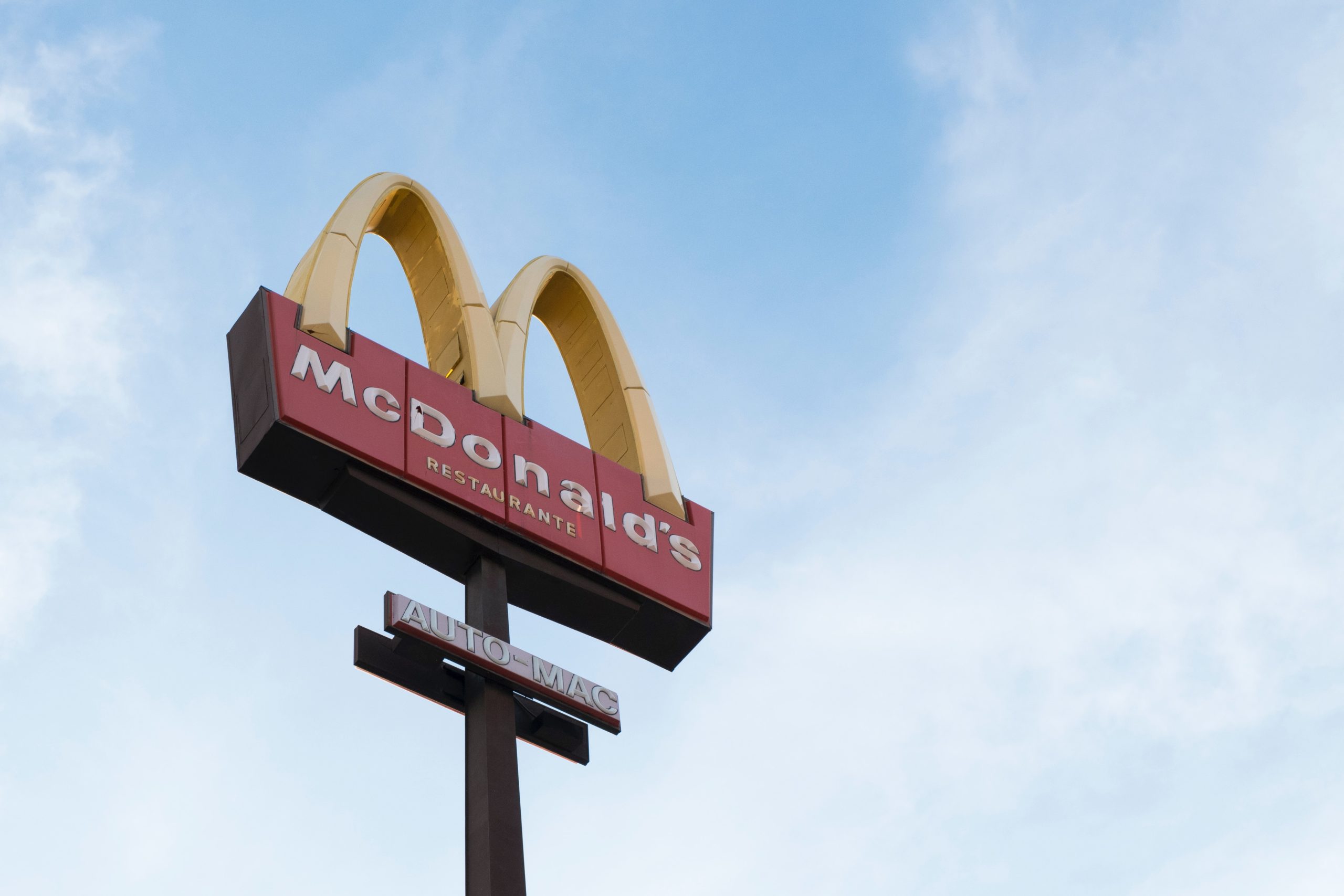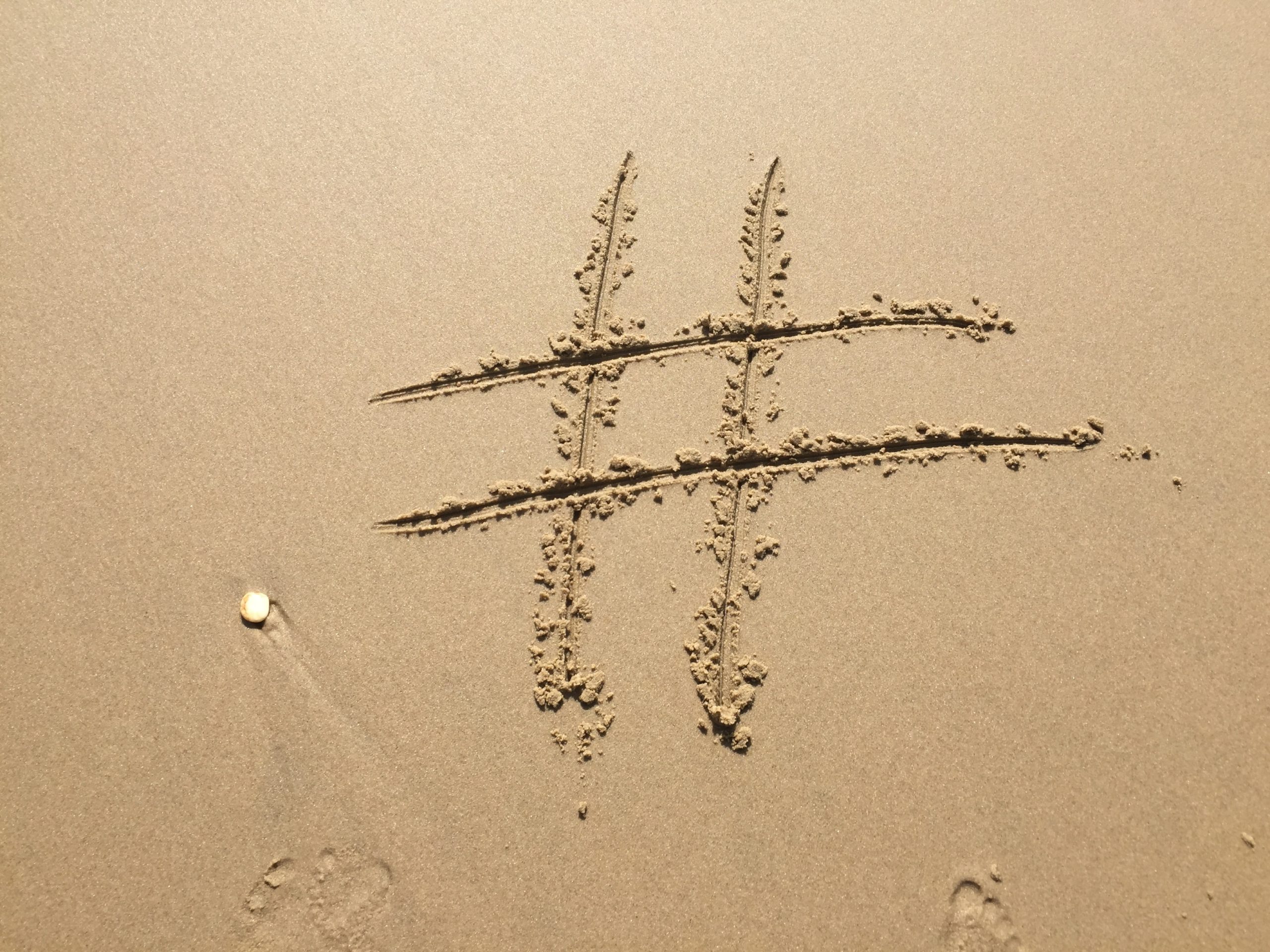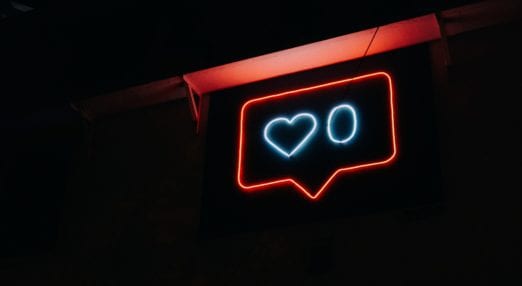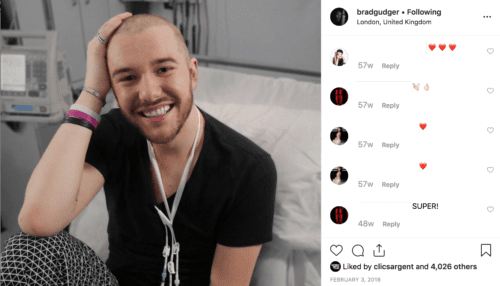How to avoid hijacked hashtags
Going viral on Twitter and becoming a trending topic is the thing that dreams are made of. Through harnessing the power of public conversation, a successful hashtag has the ability to make you the topic of the moment and increase your visibility dramatically.
Many marketing agencies think that by simply dreaming up a hashtag they’ll have a shortcut to the public, but people are beautiful and unpredictable, they don’t always do what you expect. Social media changes the balance of power. Instead of organisations dictating to their followers how they want to be perceived, people can directly influence how the company is seen to others.
At the whim of the public, a hashtag can be easily turned into something completely different from what it was originally, which is something the following six people found out when their Twitter campaign got them into the spotlight for the wrong reasons.
#AskThicke
#AskThicke It might seem like some of the questions on this hashtag are cruel and abusive but Robin, I know you want it
— Kitty (@KittyKnits) July 1, 2014
Ever notice how before a big album release you’ll see the creator of that album absolutely everywhere? On TV, in magazines, on radio, across the internet and even on buses, you won’t be able to escape. With so many interviews and previews, it can be quite difficult for a magazine or broadcaster to make theirs stand out. So when popular musician Robin Thicke was about to release his latest album, VH1 thought they knew just the way to make their interview with him stand out. Instead of doing a conventional interview they would open it up to the fans, and do a live Twitter Q&A with the hashtag #AskThicke.
Questions about the upcoming album weren’t what the fans wanted to ask though, and VH1 and Thicke were instead inundated with comments about the artist’s hit song, Blurred Lines, which was widely criticised for its misogynist lyrics and reinforcement of rape culture. In addition, many criticised the singer for the extraordinary attempts he has made to reconcile with his estranged wife Paula Patton.
What we can learn – People aren’t quick to forget.
Though Blurred Lines had been released over a year prior to the Q&A session, people still felt passionately about the issues it raised. The hashtag not only allowed a designated public forum for people to discuss these problems, it also allowed people a direct line to the person who caused them. While this was great news for those who wished to air their grievances with Robin Thicke, it left the singer and VH1 floundering while they attempted to promote their album.
#McDStories
I used to like McDonalds. I stopped eating McDonalds years ago because every time I ate it I felt like I was dying inside. #McDStories
— Jeff Stokes (@DigitalStokes) January 23, 2012
Big companies use all different forms of advertising, and there are few bigger than McDonald’s. So it comes as no surprise that the fast-food giant has dabbled with advertising on Twitter, with varying results. In January 2012, McDonald’s decided to advertise using two hashtags. The first, #MeetTheFarmers, aimed to promote the ingredients used in creating McDonald’s food and was met with reasonable success. The second, #McDStories, tried to get people to share some positive experiences that people had with the restaurant, and met with… less success.
People quickly began sharing less than savoury experiences they had while in the care of the golden arches. While these ranged from the mundane, to the horrifying, to the hilarious; they were rarely positive.
What we can learn – Choosing the right hashtag is key
The difference between the responses that each of McDonald’s tactics received shows the power of words. With one they were largely praised, with another destroyed. So what makes the two different? Well, the first shifted the focus away from the company as a whole, it focused on the people who made what they do possible. It was a more concentrated effort on a smaller part of the fast-food chain, which allowed people to abstract itself from the company as a whole. #McDStories on the other hand, put the brand right up front. It was a vaguer hashtag that was clearly designed to promote discussion. Unfortunately for McDonalds, that discussion was less favourable than they would have liked.

#WhyImVotingUKIP
#WhyImVotingUkip Spanish dominance in the European Champions League means I don’t want to be a part of it
— David Bullin (@BullinDavid) May 21, 2014
Prior to the 2014 European Parliament elections UKIP decided to top off its aggressive campaign with a hashtag on Twitter. #WhyImVotingUKIP was meant for serious discussion and promotion of UKIP. What instead happened was a day of jokes and satirical jabs at the political party/hate mongers. The sarcastic comments like “#WhyImVotingUkip because not even my cats speak English and there’s two of them and one of me and I feel marginalised in my own home” greatly outweighed the serious ones and made the entire hashtag seem like it was conceived as a parody.
What we can learn – Divisive people cause divisive tweets
On a public forum like Twitter, any incendiary topic is bound to create a least a small flame war. The key is managing the controversy, instead of letting it consume and overshadow what you originally intended. Then again UKIP seem to be as at home in the flames as the devil himself, so take from that what you will.
#SusanAlbumParty
This #susanalbumparty business got me thinking that if I ever release an album the party would be a #ewanalbumparty. I like it.
— Ewan McKenzie (@ekenz87) November 22, 2012
As mentioned in the Robin Thicke entry of this blog post, when a big album is about to be released, it’s pretty difficult to avoid. Such was the case when media darling Susan Boyle was promoting her fourth album. Her PR team took to Twitter to spread the news with the hashtag #SusanAlbumParty.
This innocent hashtag seems like it couldn’t cause any problems, until you realise that when people copy hashtags, they don’t always copy the capitalisation. While this normally isn’t a problem, in this case it changed #SusanAlbumParty to #susanalbumparty. An innocent mind won’t notice a problem with that, but this is the internet where an innocent mind is often hard to find and, well… we don’t want to go to Su’s party.
What we can learn – Phrasing
This is a problem that isn’t new to hashtags, just ask Experts Exchange what their old URL was. But it’s something that can be easily overlooked, and even more easily avoided. While it’s tempting to fire off tweets hastily, just take a second to look and see if there’s any way some devious mind could misinterpret what you are trying to say.
#WaitroseReasons
I also shop at Waitrose because I was once in the Holloway Rd branch and heard a dad say “Put the papaya down, Orlando!” #waitrosereasons
— katie (@amoozbouche) September 17, 2012
To drum up a bit of interest for the Waitrose decided to prompt its followers to tweet, not only with the #WaitroseReasons hashtag, but also with the prefix “I shop at Waitrose because…”.
As you can probably now guess, this didn’t get the response they wanted and instead of comments which compared them favourably to their rivals, they were mocked for their pretentious image. Tweet’s included “I shop at Waitrose because … you say ‘Ten items or fewer’ not ‘Ten items or less’, which is important” and “I shop at Waitrose because Clarrisa’s pony just WILL NOT eat ASDA Value straw.”
What we can learn – It’s not always a bad thing
Though it may appear at first hand that the Waitrose reasons campaign was a failure, it’s debatable whether that is in fact the case. While the responses it received were generally jokes at the supermarket’s expense, they were largely all in good taste. In fact, most of the responses reinforced the brand image that Waitrose were trying to put forward – that they are a more exclusive and posh supermarket. In the end Waitrose themselves sent out a tweet acknowledging all the responses with good humour saying “Thanks again for all the #waitrosereasons tweets. We really did enjoy the genuine and funny replies. Thanks for making us smile.”

#MyNYPD
how #myNYPD treats 16 year olds who say “no” to being stopped and frisked: https://t.co/awb00Qxeon pic.twitter.com/MhyArnHKXK
— DefendedInTheStreets (@KimaniFilm) April 22, 2014
Law enforcement agencies traditionally have a difficult time keeping a good public image. Controversy often surrounds them and no matter how good of a job they may or may not do, there are always a few dissenters who are just ideologically opposed to the police. New York Police Department is no different, and so they decided to try a hashtag to solve their problems. They encouraged their supporters to tweet pictures of themselves with NYPD officers along with the hashtag #MyNYPD.
And so people did. They shared pictures of the wounds they received at the police’s hands, they showed the brutality that they suffered, they shared the injustices that the were dealt. #MyNYPD quickly turned from a celebration of the work the department did, to a condemnation of how some members of the force worked.
What we can learn – hijacked hashtags can be used to fight injustice
A hashtag isn’t a magic device that can convince people into supporting something they don’t believe in. It’s something that you give to people to allow them a greater chance of being seen. By their very nature hashtags are a way of empowering the public and allowing people a chance to have their voices heard. If everybody has a negative opinion on the issue you are raising, their opinions aren’t suddenly going to be changed by a happy sounding hashtag. That’s what makes hashtags such a powerful tool, they amplify the reach of those doing good and warn against those doing bad. Hijacking a hashtag is a way to hold people accountable for their actions.
People tweet about things that make them feel emotive. What they enjoy, what makes them sad and what annoys them. All giving people a hashtag does is allows for all those emotions to come together in one place. So instead of focusing on trying to convince people to say good things about you via a cleverly worded tweet, actually make sure that people think good things about you. After you’ve done that, then you can start worrying about whether your hashtag is an anagram of an innuendo.
More on social media
-

12 tips on social media advertising for charities during COVID-19
As the coronavirus crisis continues, I'm seeing a flurry of social media adverts from charities flooding my timeline and feed. But how do you get your charity heard above all the noise? I've been taking note (and screenshots) as social media becomes more and more saturated with charity adverts. I’ve collated a quick list of tips on how to best get your charity noticed on social plus any potential pitfalls that may arise.
Find out more
-

Twitch for charities: Supercharge your digital donations strategy and level up using Twitch
With charities being set to lose more than £4bn in just three months as a result of COVID-19, the fundraising landscape has changed drastically for the third sector. And it feels like it happened overnight. With digital fundraising hastily climbing its way to the top of the priority list as events are cancelled all over the world, there are platforms out there which charities may have never interacted with before, that are now becoming an essential part of fundraising strategies. One of these platforms is Twitch.
Find out more
-

Students, social media and surviving cancer
In the following 15 minute read, Head of Marketing, Emma interviewed four young people who have had cancer. They discuss social media and how their journeys were impacted by the never-sleeping bustle of digital friendships and followers.
Find out more



